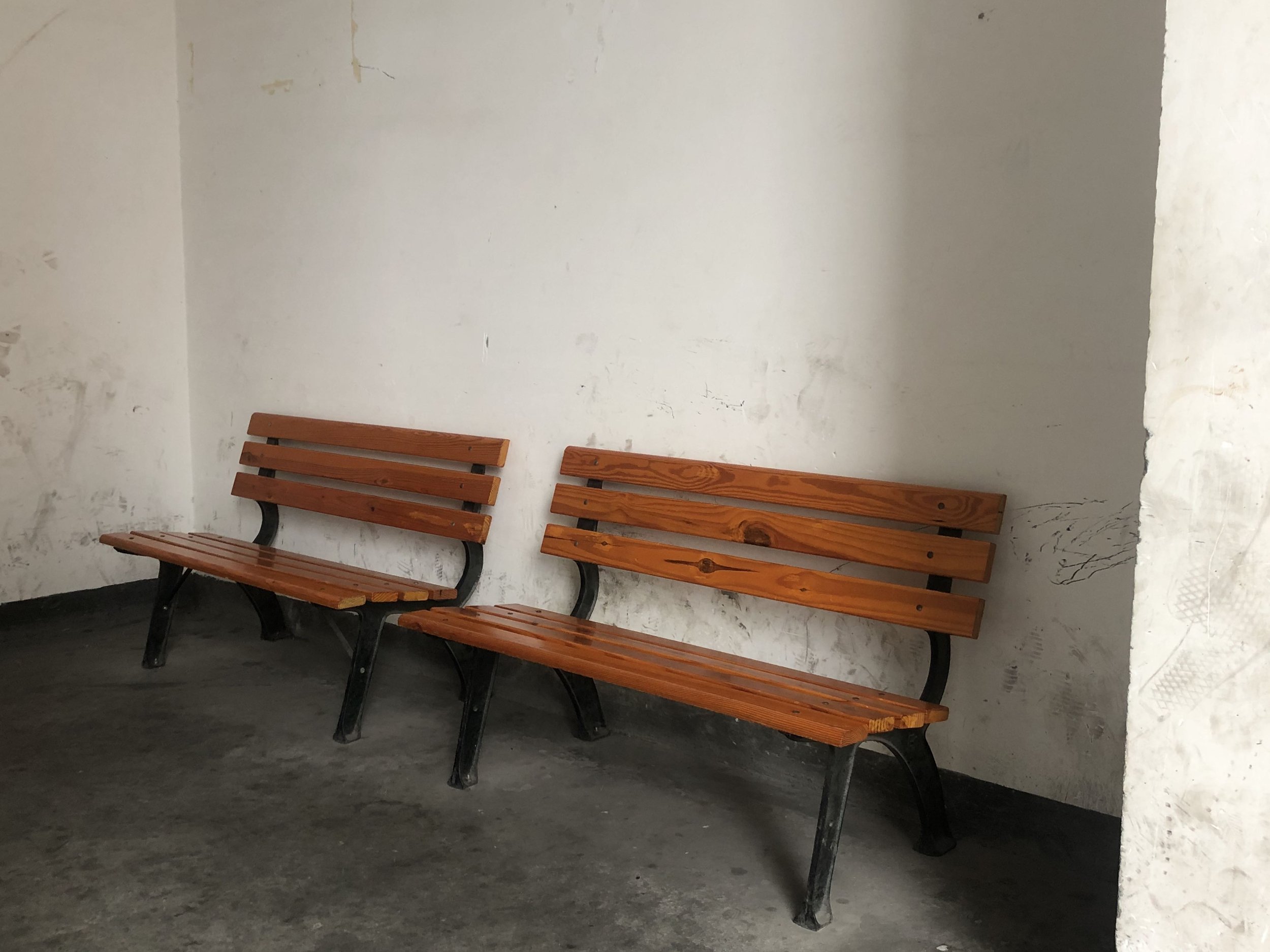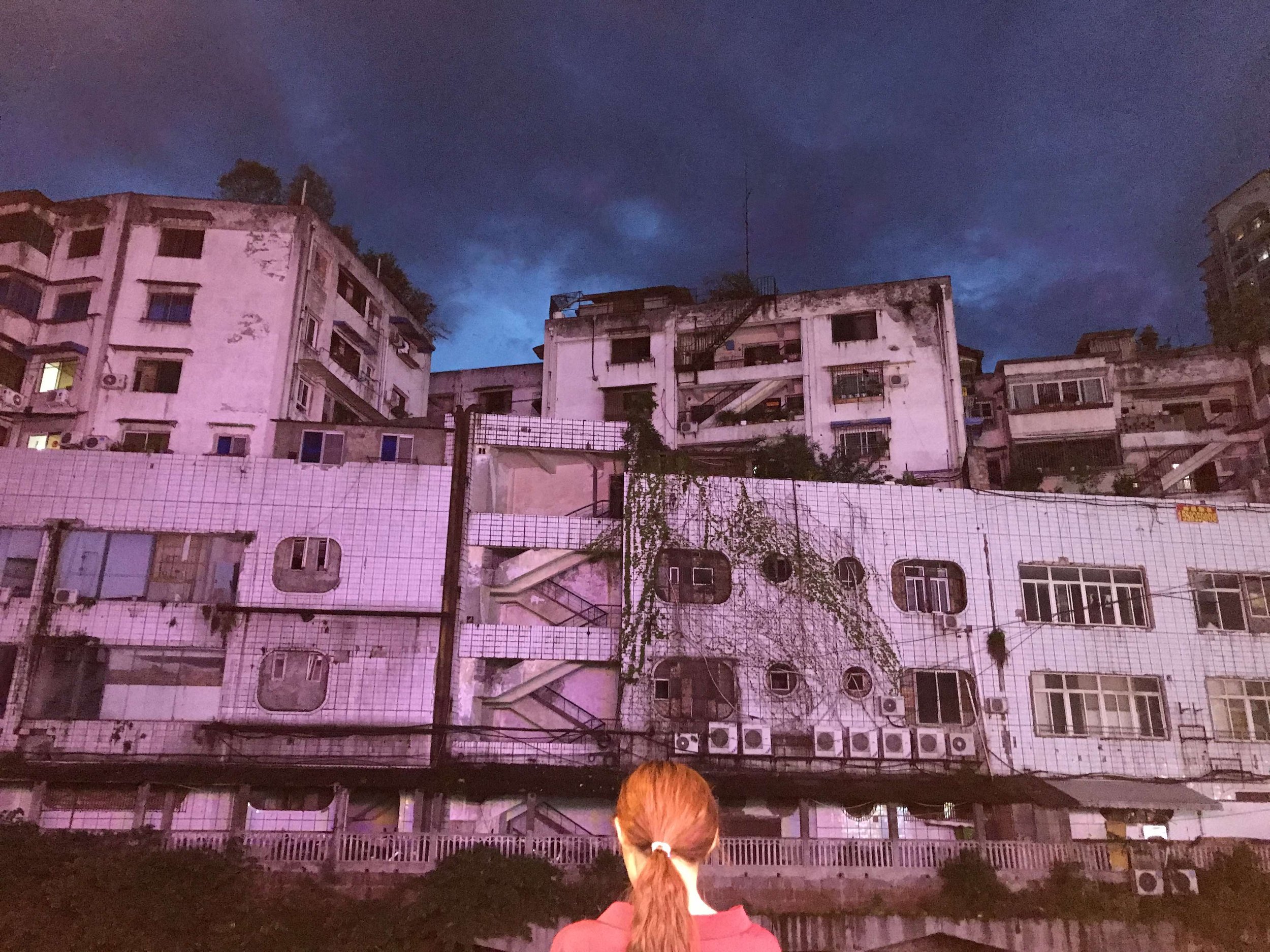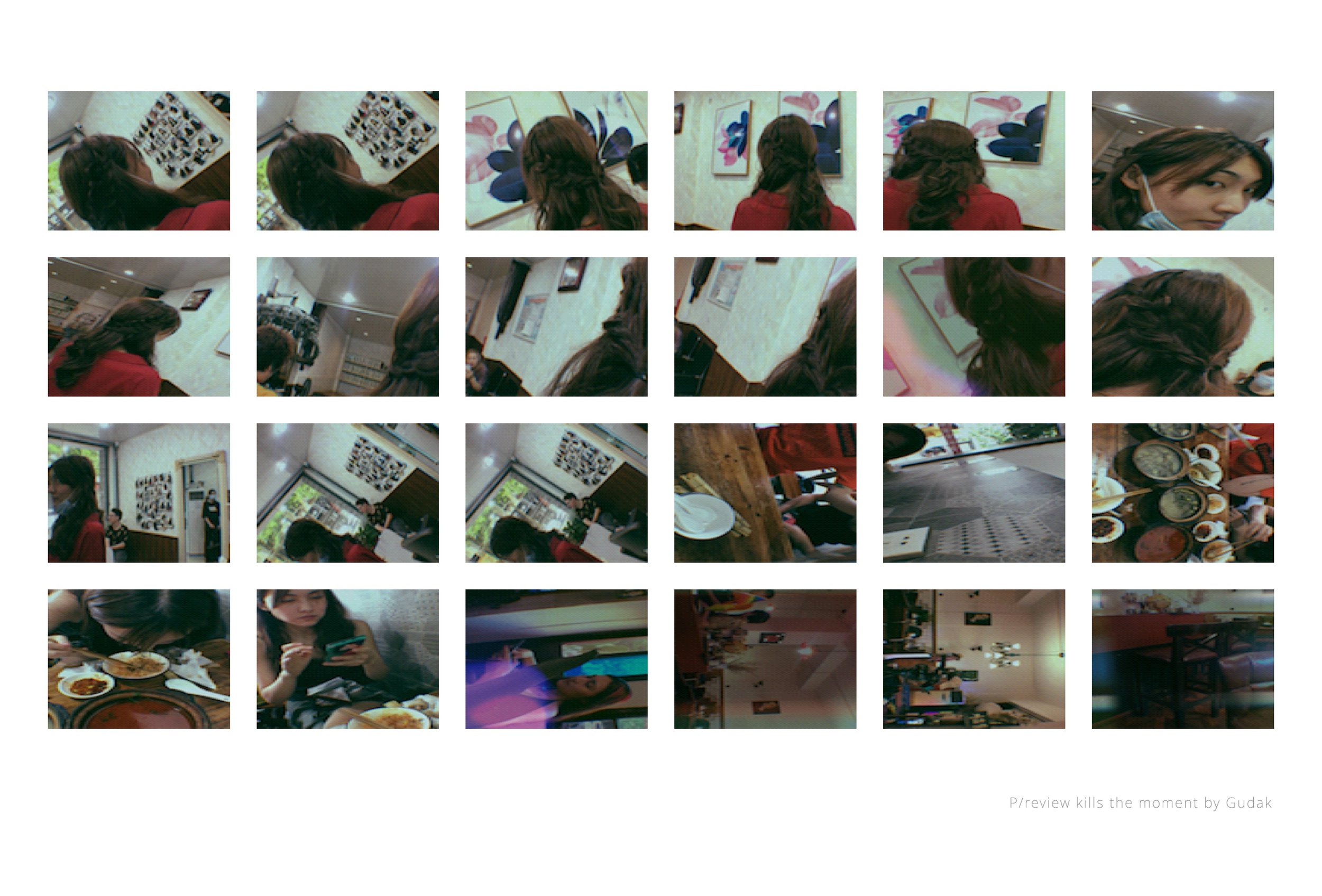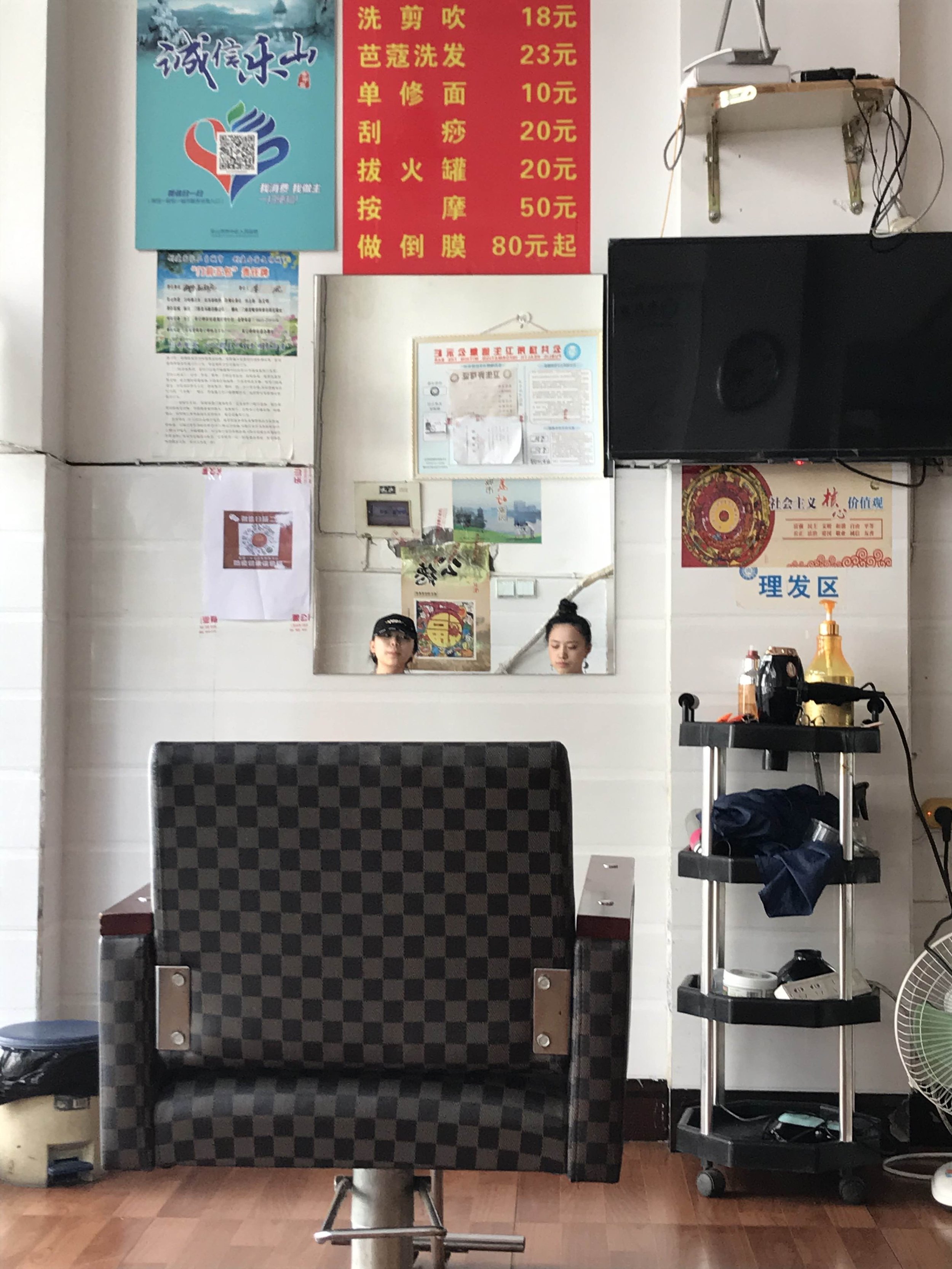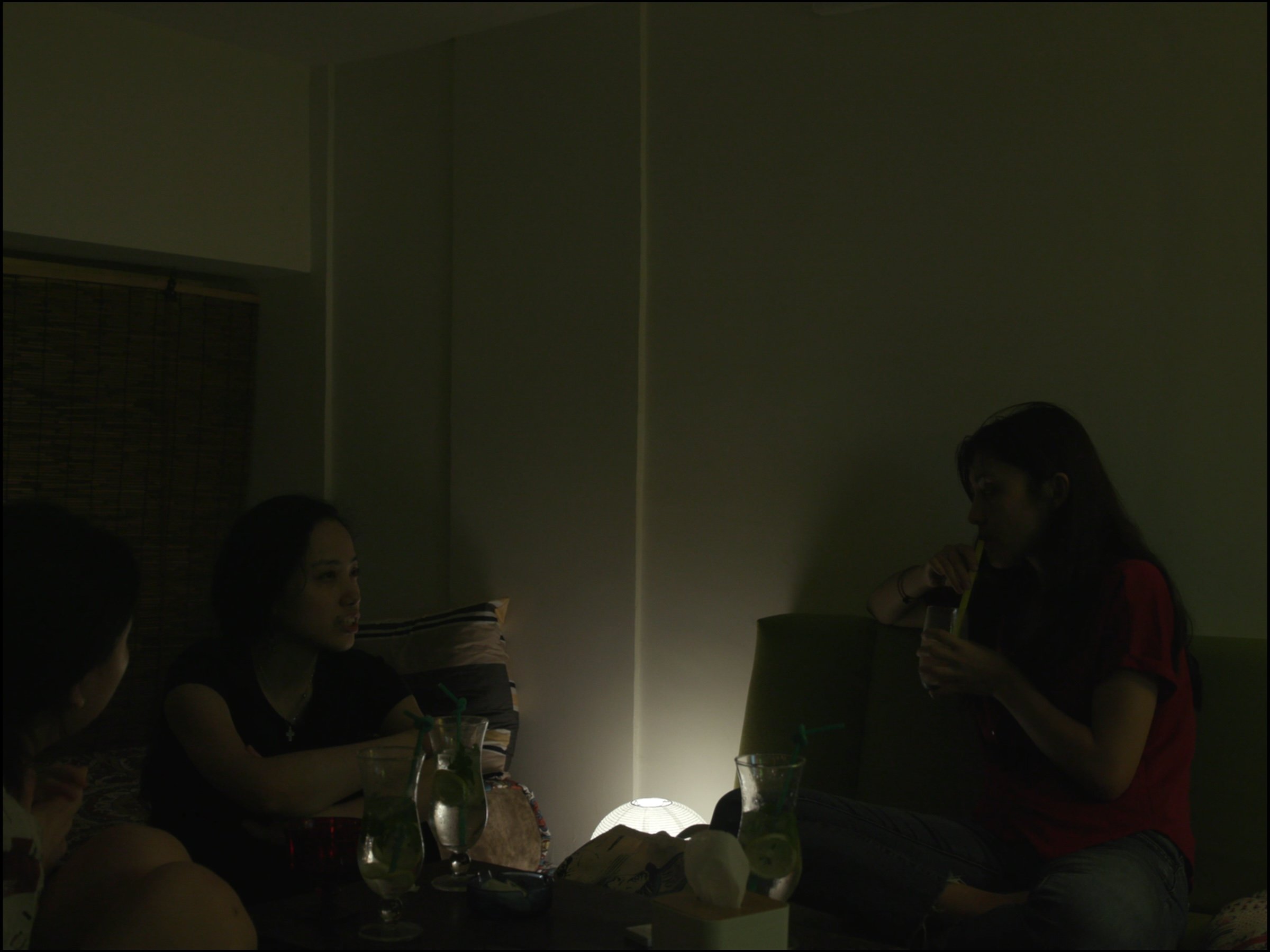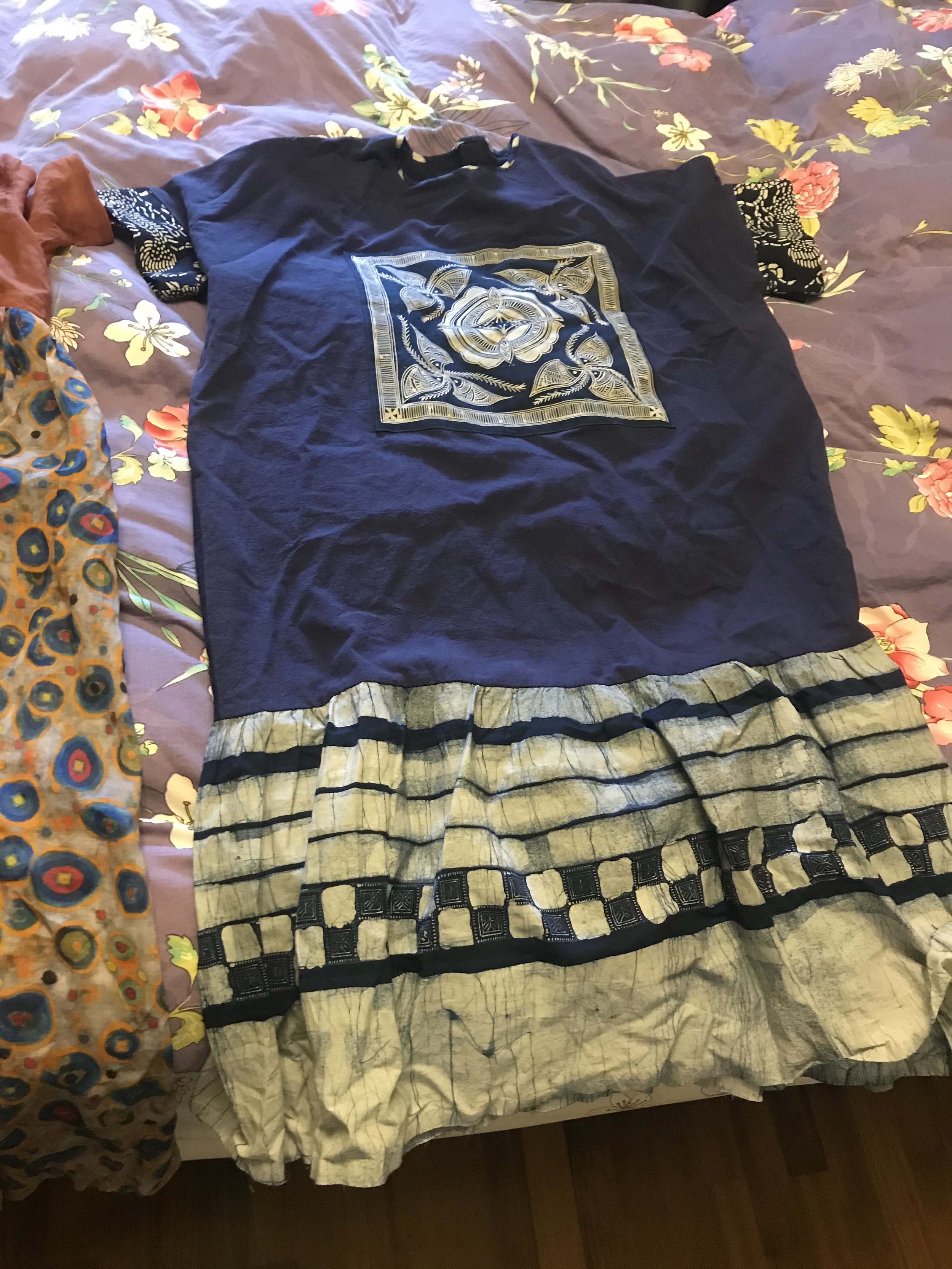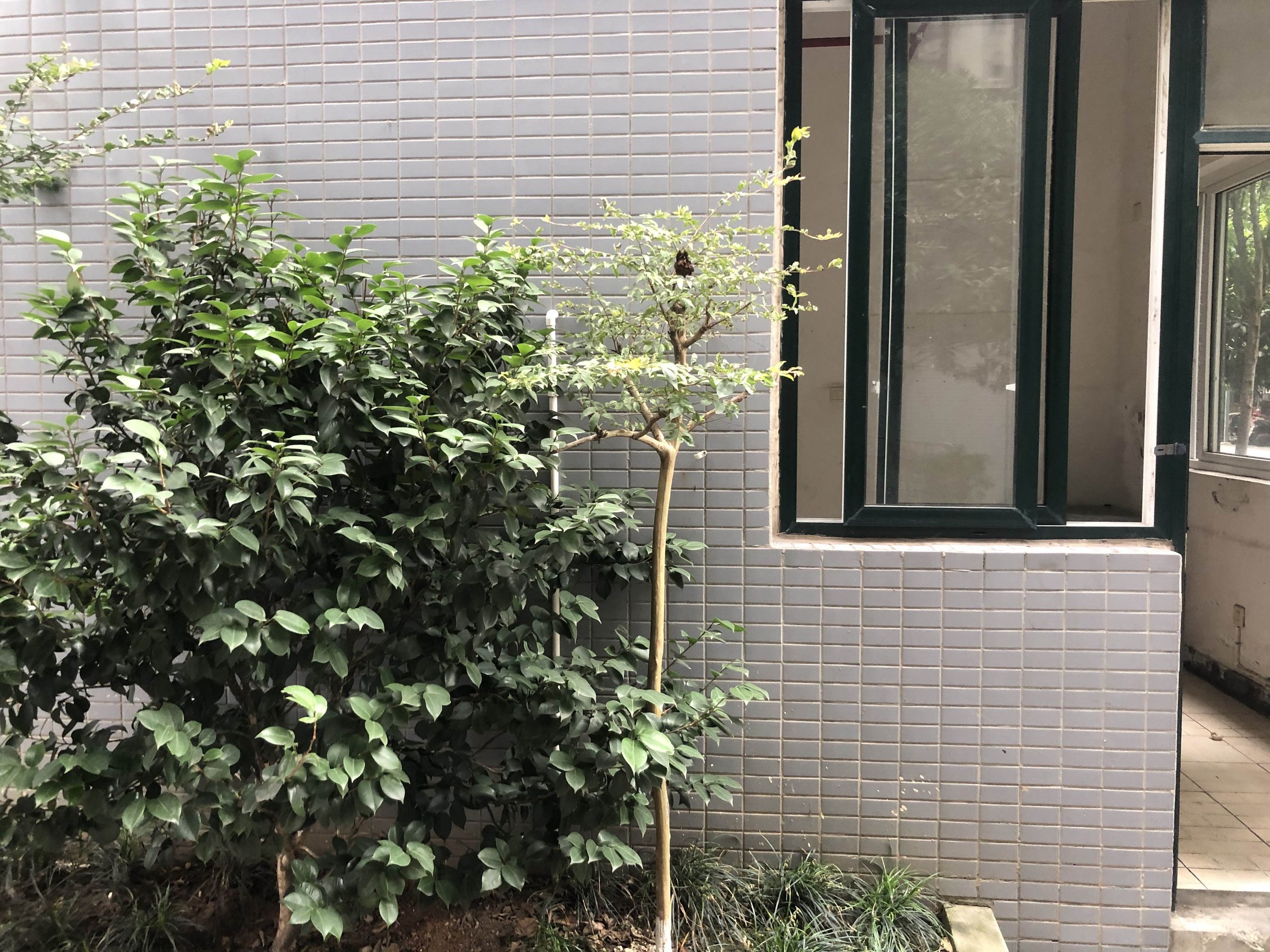The Good Woman of Sichuan
Jun-July 2020. Leshan, China
INTERVIEWS
“‘The Only Similarity Between My Film and Brecht’s Play Lies in the Title’: Sabrina Zhao on The Good Woman of Sichuan” by Ren Scateni, Filmmaker Magazine
“Sabrina Zhao: Between Abu Dhabi, Sichuan, and Toronto” by Sherry Wu, Global Art Daily
“⻘年导演赵若冰处女作⻓片《四川好女人》入围柏林电影节论坛单元 | 访谈” 作者 陈韵华,北京德国文化中心歌德学院
“《四川好女人》, 梦境和身体的流动过程 I 柏林电影节专访”,凹凸镜DOC
REVIEWS & ESSAYS
“Through lingering, minimal takes, the beguiling literary adaptation gives way to more profound shapeshifting between documentary and fiction. The multiple subjectivities at play—of filmmaker, performer, and woman—slowly merge and pit the promise of (self) discovery in travel against a palpable sense of being stuck in place. Losing control is breathtaking in The Good Woman of Sichuan, in which “[a]ny resemblance to the imagined or dreamt is entirely coincidental.”
MoMA’s Festival of International Nonfiction Film and Media
“The shifts here aren’t from woman to man, but between modes, formats, and registers, like thoughts that scatter on waking, from stasis to movement, high definition to grain, words to wordlessness, noise to silence, fiction to documentary; the camera is reflected in the window of the train.”
Berlin International Film Festival, Forum
“As the opening intertitles, the grainier, handheld camera scenes of a wedding near the end of the film, and the lingering views of Leshan all suggest, there is always a degree of documentary on display here alongside the film’s more narrative and experimental modes; and while The Good Woman of Sichuan states that it’s not an adaptation, maybe its constant, seamless shifts in mode are inspired by the uncontrollable oscillations between Shen Teh and Shui Ta in the play.”
Full article: “Reading Aids: The Good Woman of Sichuan and Ste.Anne” by James Lattimer, Cinema Scope Magazine
“Zhao’s aim is not to refuse Brecht’s challenge to normative storytelling, in other words, but to assert this challenge in a new way, utilizing a dreamy formal style apposite to the strange times in which we live—full of falsehoods and misrepresentations, anxieties about the future, and changing political geographies. The Good Woman of Sichuan shows that while these profound social dilemmas cannot be easily solved, they are rich with dialectical possibility.”
Full article: “When I heard His Cunning Laugh: Sabrina Zhao’s The Good Woman of Sichuan” by Nicholas Gamso, Millennium Film Journal - NO.74 “Fact/ Artifact”
“The new staging of the play that the actress in Zhao’s film discusses is supposed to be abstract and fluid. The director works with improvisation. The performers have been asked to depict an animal in the first rehearsal. SICHUAN HAO NUREN also emerged during the shoot, alongside collaborator He Weihang. The crew of three drifted along and trusted the production process to feed into the film......In the last shot, a cap left on a park bench does not find its way back to its owner, but a boy does find his parents. He bounces up and down on his father's lap cheerfully. The film is able to evoke the state between wakefulness and sleeping that succeeds in creating connections that do not conclude anything but open up something new.”
Full article: “Essay: Between Wakefulness and Sleep” by Nicolas Wackerbarth, Arsenal - Institute for Film and Video Art E.V
